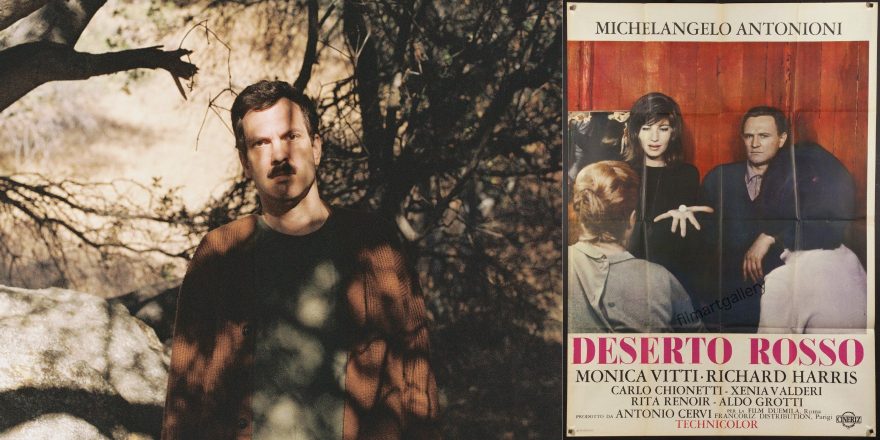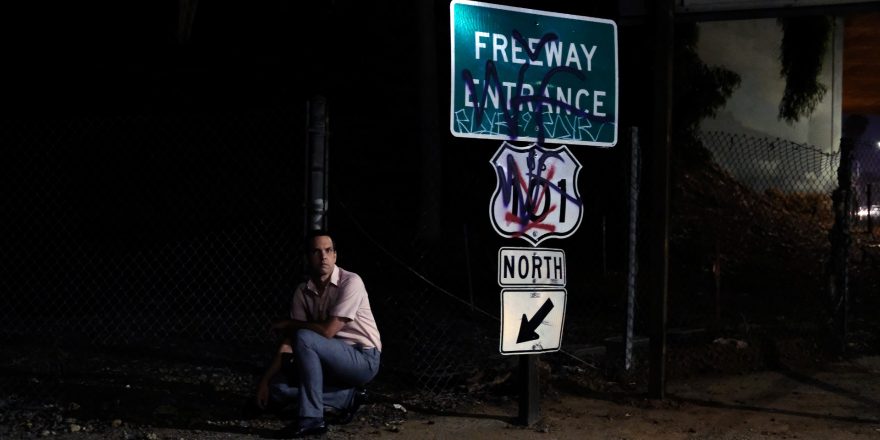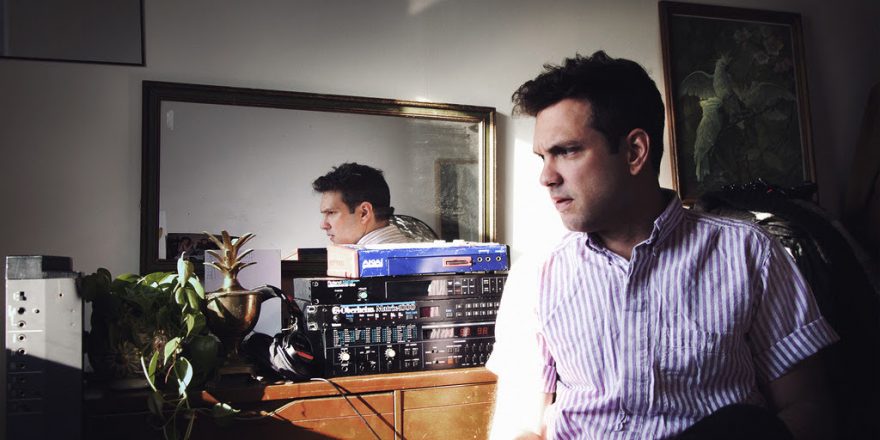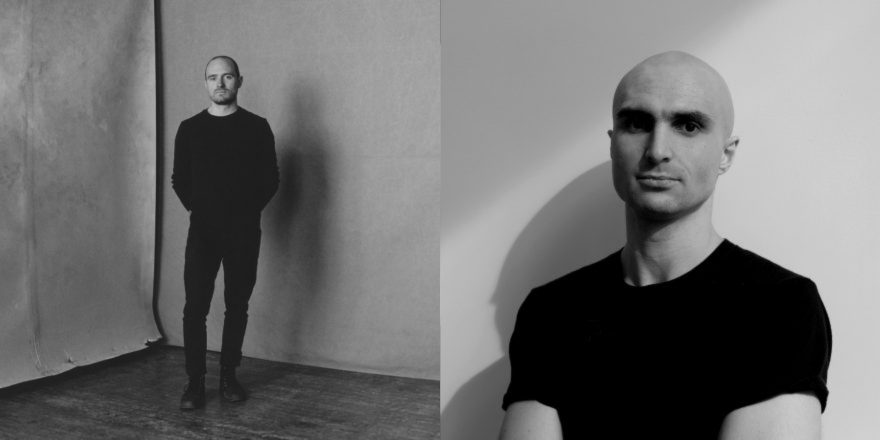Long ago, in the annals of my music making days, I remember having a lot of confidence in a particular set of artistic ingredients. I trusted that they would take me where I wanted to go, but I was still finding my footing and I was less sure of myself when stepping outside those lines.
When you’re first starting out and surveying the breadth of your elements, synths can be daunting. There are entire areas that you can ignore, wholly out of fear — as if one false decision will bring the whole thing crashing down. While this can seem disconcerting, sometimes music-making with synths feels magical, like turning knobs on an old radio, with the power to rewind and fast forward through genre and history. A buzzy sawtooth can harken back to one era, while closing a filter down on an oscillator can quickly change the station to an entirely other time.
With all this in mind, I remember one day in particular I was sitting with a friend listening to some songs I had been working on. (I don’t share my unfinished work with many people, but there’s a small circle I sometimes bounce ideas off of.) I remember playing something that used synths as more of a sound effects generator — chirpy space sounds that changed pitch and timbre and felt like the intro to an old ’70s sci-fi show. I was kind of proud of this slightly new territory, and I checked his expression. His brow furrowed and he said, “Oh, you’re getting into some sound effects stuff now… I never made that leap myself.” I could tell he was not particularly impressed, and I wound up shelving that particular direction and didn’t revisit it for some time.
Over time I’ve come to believe there’s a good and a bad version of almost any musical idea out there. If you’re hesitant to wade into a particular sonic territory, maybe your instincts are telling you it’s not the right time yet. I thought about my friend and how I picked up on his own apprehension and had made it my own, but I also kept thinking about using more esoteric sounds. Over time, songs that used sound effects and non-melodic synth bits as textural elements started to reveal themselves to me. Futurisk’s “Army Now,” with its vaguely comical sounds of bombs going off over swirling synth crescendos, or Deux’s use of telephone beeps on “Paris/Orly,” as if there’s someone or some idea trying to get through that can’t be understood — these songs weren’t just using effects for their own sake, they were integrating them in a way that heightened their atmosphere and subject matter. I understood that this was what I had been wanting to do.
The clearest example where I took this approach on Fast Idol is on a song called “Streetlight,” just after the side break. The goal was to create a sonic picture of a lone character moving from light to darkness and back again as they walk under streetlights on a deserted public thoroughfare late at night. I used a noise filter to create the sound of wind rising and falling, as if the character is straining against the weather. I took inspiration from the previously mentioned songs, and from Giovanni Fusco and Vittorio Gelmetti’s score for Red Desert. In this way, the sound I used had a clear purpose: to heighten the sense of loneliness I was already trying to convey in the lyrics and the melody. I’m very happy with how this song came out and it wound up being my favorite on this particular LP.
When people talk about my work, I tend to get adjectives like “strict” or “specific,” and maybe that’s true. I’ve definitely felt at times like I’ve been wrestling with arrangements like a door person at a nightclub, only letting in a small number of elements for fear of losing control of the experience. Here was an example of keeping an idea in the back of my mind and waiting ‘til the time when I knew what I wanted to do in a way that would work for me. It took influences from those other artists who came before me to inform how I should go about doing what I instinctively knew I wanted to do. One thing for me to take away from this example is to trust myself, but more importantly, to not be afraid to shelve something ‘til I’ve accrued enough experiences to feel confident in what I’m trying to execute.
I’m thankful that the challenges other artists have faced in the past can be so readily accessed and serve as a blueprint for interrogating my own goals — in this case, to use sound design to heighten the atmosphere of the song without feeling tacked on. That struggle of trying to integrate an idea over time sometimes forces me to really wrestle with what I’m trying to do and why.
Black Marble’s Fast Idol is out now via Sacred Bones.
(Photo Credit: Ashley Leahy)






